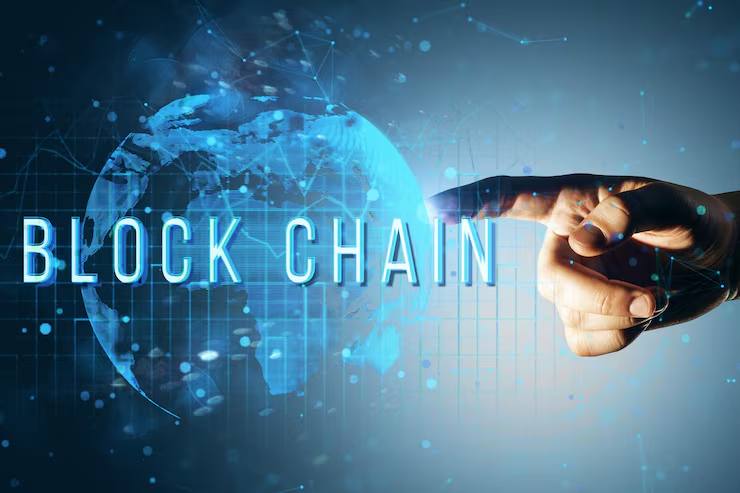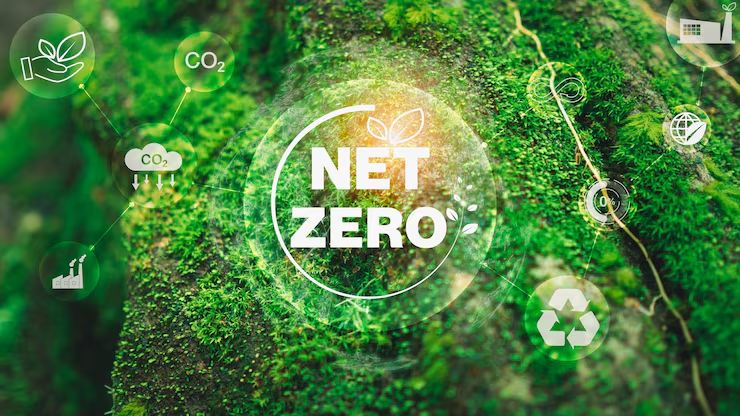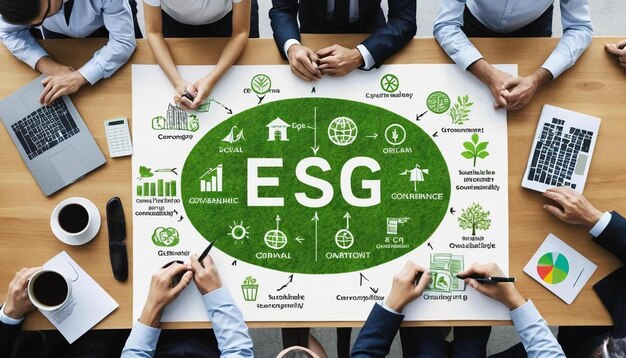How Indian Businesses Can Prepare for Mandatory ESG Disclosures
A Practical Guide for BRSR, CBAM, and International Expectations

India’s businesses are at a turning point. With mandatory ESG (Environmental, Social, Governance) disclosures like SEBI’s Business Responsibility and Sustainability Reporting (BRSR) kicking in for the top 1,000 listed companies since FY 2022-23, and the EU’s Carbon Border Adjustment Mechanism (CBAM) looming from 2026, the pressure’s on. Add global expectations from frameworks like GRI and TCFD, and it’s clear: ESG isn’t optional—it’s the new business playbook. Whether you’re a steel exporter eyeing EU markets or a tech firm chasing investor trust, nailing ESG disclosures can boost your brand, cut risks, and unlock growth. At WOCE, we’re here to guide you with practical steps to ace BRSR, CBAM, and international standards in 2025. Let’s dive in.
Master BRSR—Your ESG Foundation
What is BRSR? SEBI’s BRSR, mandatory for India’s top 1,000 listed companies by market cap since FY 2022-23, demands quantifiable ESG metrics across nine principles of the National Guidelines on Responsible Business Conduct (NGRBC). Think emissions, water usage, employee welfare, and ethical governance. It’s 140 questions—98 mandatory, 42 voluntary—aligned with global standards like GRI and TCFD. By 2027, SEBI’s stricter BRSR Core will require third-party assurance for nine KPIs, including value chain emissions.
Practical Moves:
1. Map Your Data: Start with BRSR’s three sections—general disclosures (e.g., company details), management processes (e.g., ESG policies), and principle-wise metrics (e.g., Scope 1 & 2 emissions). Use WOCE’s esgpro.ai to automate data collection for energy, waste, and social metrics, slashing manual errors.
2. Build Policies: Draft a BRSR Policy covering NGRBC principles (e.g., ethics, human rights). For example, a textile firm can set water recycling targets to hit Principle 6 (environmental care).
3. Engage Stakeholders: Train employees on ESG goals using WOCE’s Carbon Book to track their carbon footprints, boosting social metrics like workforce engagement.
4. Get Audited: Prepare for BRSR Core’s 2027 assurance mandate. Partner with firms like DNV for rigorous KPI verification.
Why Act Now? BRSR compliance builds investor trust—94% of 300 top firms reported Scope 1 & 2 emissions in FY 2023, with a 14% emissions drop per revenue unit. Non-compliance risks fines and reputational hits
Gear Up for CBAM—Stay EU-Ready

What is CBAM? The EU’s CBAM, part of its “Fit for 55” plan, slaps carbon tariffs on high-emission imports (e.g., steel, cement, aluminium) starting January 2026, after a transitional phase (October 2023–December 2025). Indian exporters, especially in steel and aluminium, face $8 billion in trade impacts. CBAM requires reporting embedded emissions (direct and
indirect, like electricity used in production).
Practical Moves:
1. Measure Emissions: Calculate Scope 1, 2, and select Scope 3 emissions for CBAM-covered goods. WOCE’s esgpro.ai offers life cycle assessment (LCA) tools to quantify emissions across production.
2. Report Quarterly: During the transitional phase, submit CBAM reports on imported goods’ carbon content. Use WOCE’s Carbon Certificate Management with EKI Energy Services to streamline verified offset data.
3. Go Green: Invest in low-carbon tech (e.g., electric arc furnaces for steel). CBAM rewards cleaner production with lower tariffs.
4. Track Policies: India’s draft Green Credit Programme (2023) may offer tradable credits to offset CBAM costs. Stay updated via WOCE’s resources.
Why Act Now? CBAM compliance ensures EU market access. Indian firms lagging on emissions data risk losing competitiveness, especially with the UK and US eyeing similar tariffs.
Align with Global ESG Expectations
What’s the Global Scene? Investors and regulators worldwide demand ESG transparency. Frameworks like GRI, SASB, and TCFD set benchmarks, while the EU’s CSRD and SFDR push non-EU firms in their value chains to disclose ESG risks. Indian companies like Infosys and Wipro, part of the Dow Jones Sustainability Index, show how global alignment drives investor appeal.
Practical Moves:
1. Cross-Reference Frameworks: BRSR allows cross-referencing GRI or TCFD reports. Use esgpro.ai to map BRSR data to global standards, saving time.
2. Focus on Scope 3: Global investors eye value chain emissions. Assess suppliers’ sustainability with WOCE’s Green APIs, integrating real-time ESG data.
3. Host Carbon-Neutral Events: Boost your social and environmental cred by offsetting event emissions, a WOCE specialty. A Mumbai conference offset via esgpro.ai can shine in your ESG report.
4. Engage Investors: Highlight ESG wins in annual reports. India’s ESG assets grew 4.7x in two years—show you’re investment-ready.
Why Act Now? Global ESG compliance attracts $130 trillion in net-zero-focused capital, per the Glasgow Financial Alliance. Non-compliant firms risk losing investors and market share.
Build a Robust ESG Strategy

BRSR and CBAM are starting points, but true ESG leadership means strategy, not just checkboxes. A strong ESG framework ties compliance to growth, dodging greenwashing and driving value. Set ambitious goals—like net-zero by 2050, as TCS aims—backed by 20% emission cuts by 2030 through energy-efficient tech. esgpro.ai automates reporting, flagging risks (e.g., CBAM fines) and opportunities (e.g., green credits). Training staff on BRSR’s 140 metrics or CBAM’s emission calculations is non-negotiable—WOCE’s esgpro.ai dashboards simplify complex data for teams.
Consumer trust is another win—80% of Indian Gen Z prefer sustainable brands in 2025. A retailer using esgpro.ai to offset emissions can market its low-carbon supply chain, stealing market share. Investors also reward ESG leaders with lower capital costs and higher valuations. The catch? Data quality. Greenwashing from shoddy metrics can tank your rep, so esgpro.ai’s AI ensures accuracy, from carbon accounting to social KPIs.
Conclusion: Seize the ESG Opportunity
In 2025, mandatory ESG disclosures are India’s corporate reality. BRSR builds transparency, CBAM secures EU trade, and global standards unlock investor billions. Indian businesses can’t afford to lag—compliance means market access, trust, and growth in a $5 trillion economy by 2030. With WOCE’s esgpro.ai, you’ve got the tools to ace ESG reporting, offset emissions, and lead the sustainability charge. Start today: map your emissions, buy verified credits, and tell your ESG story




